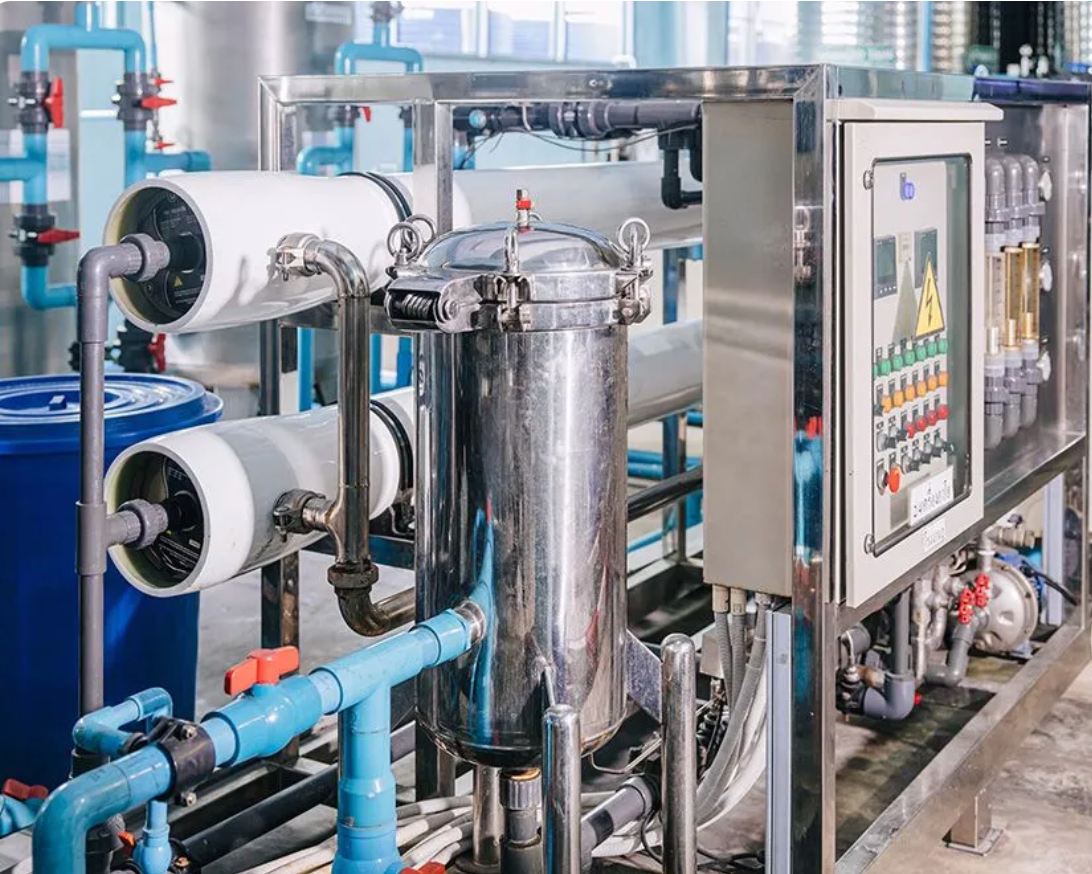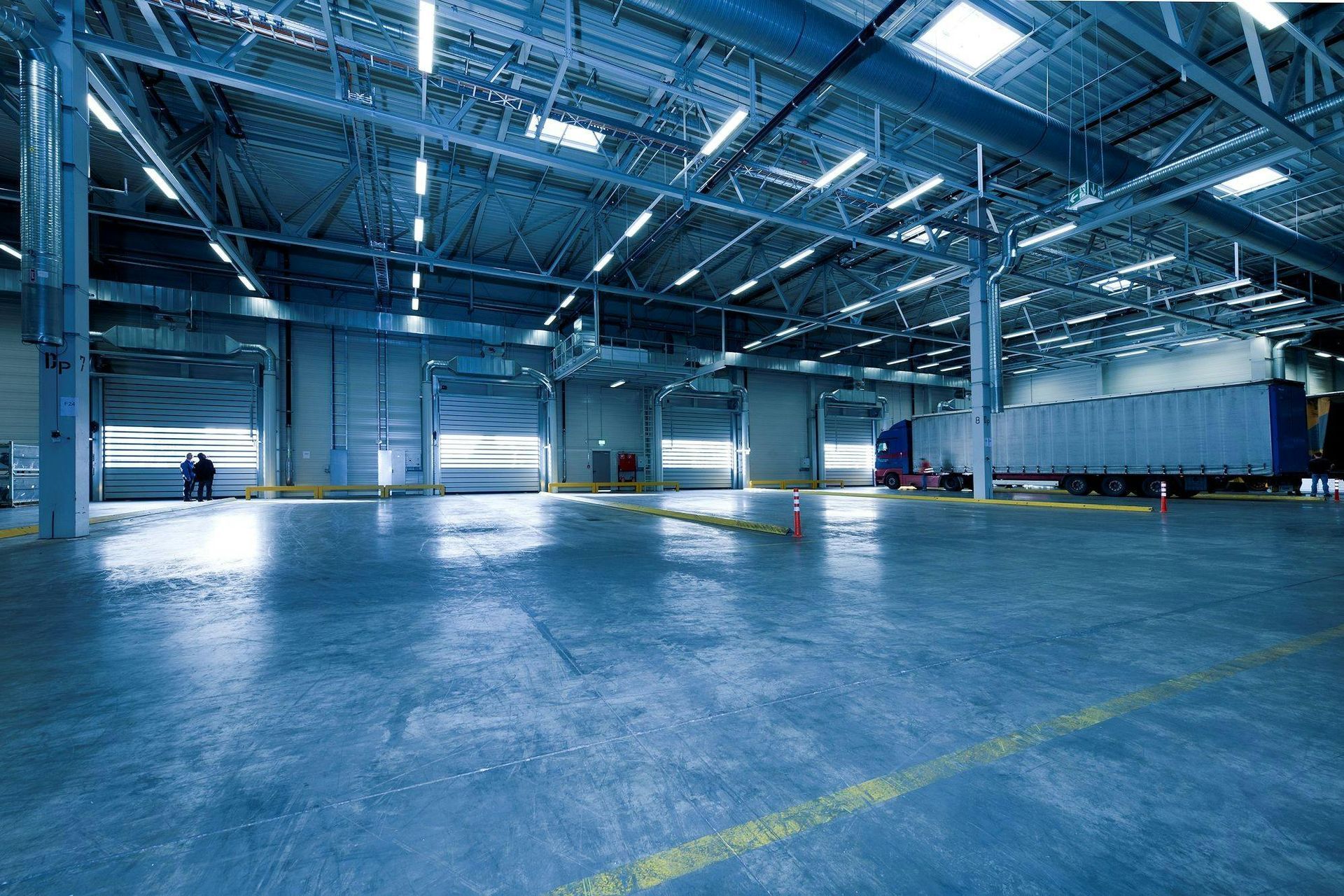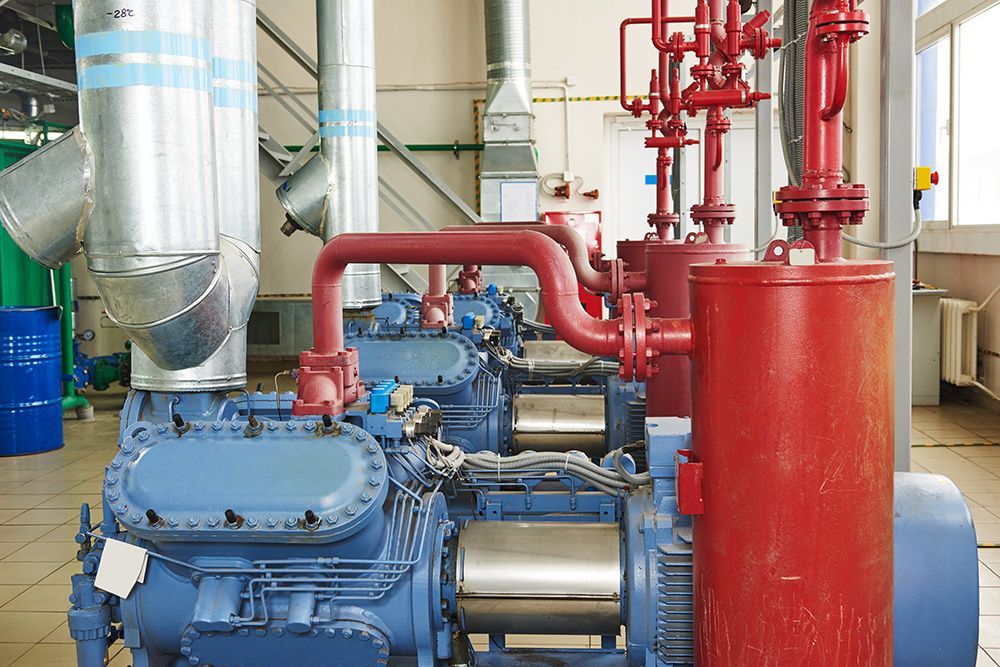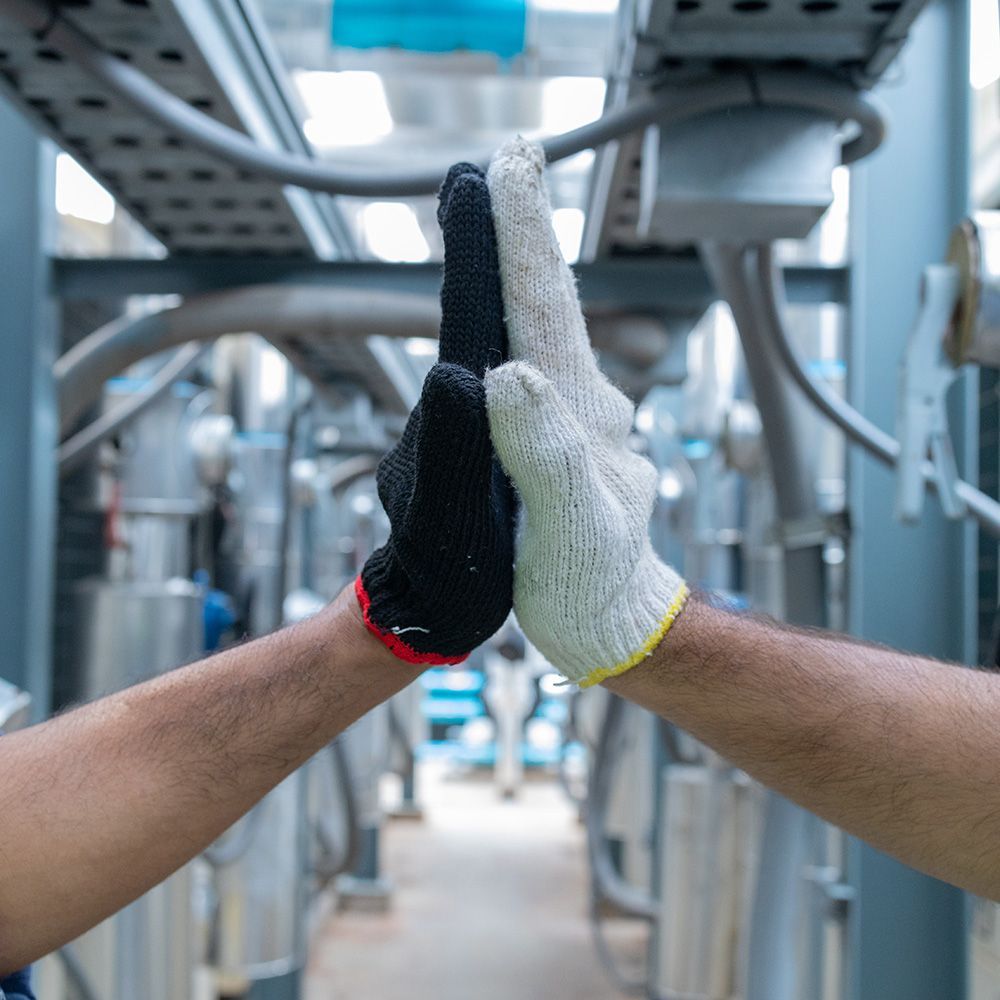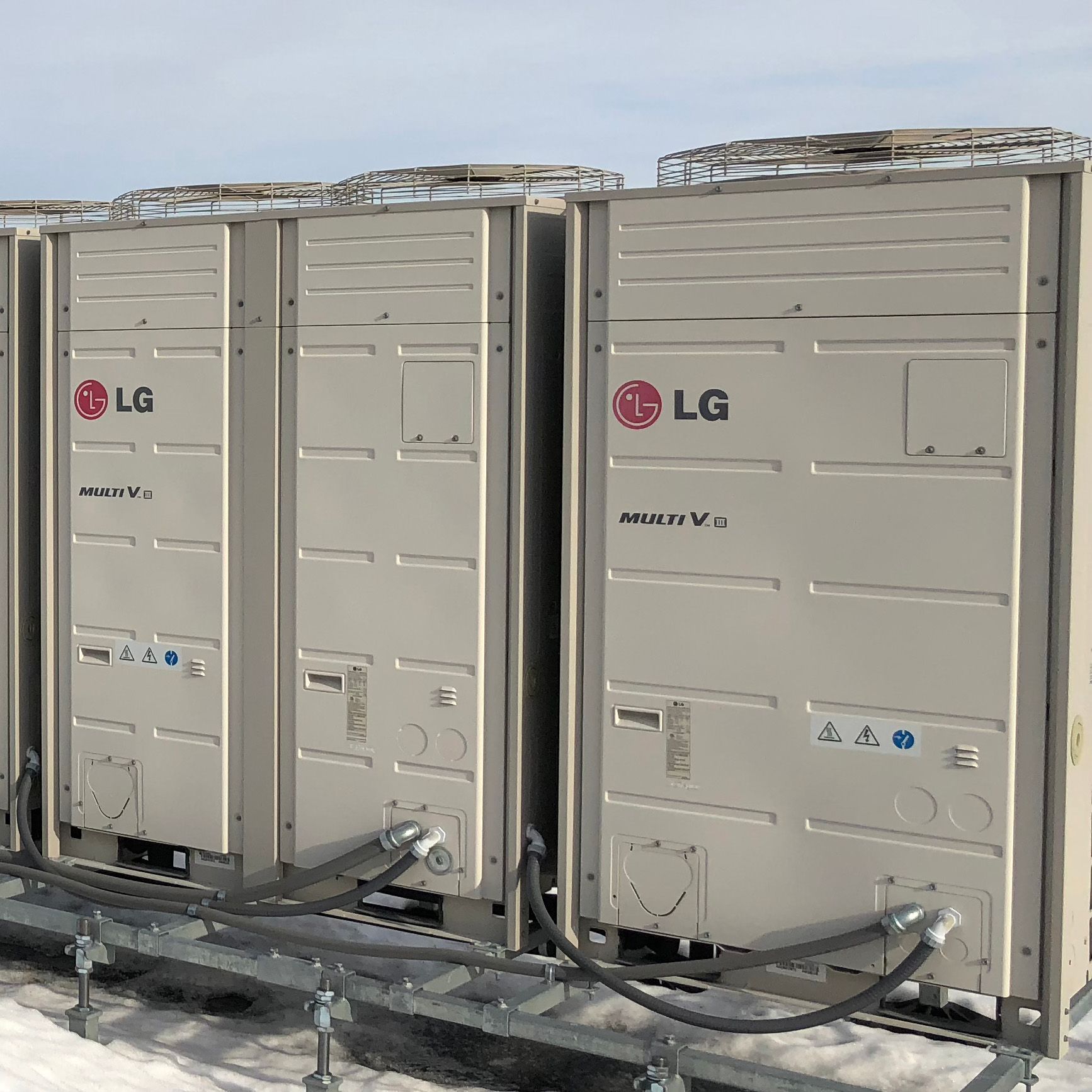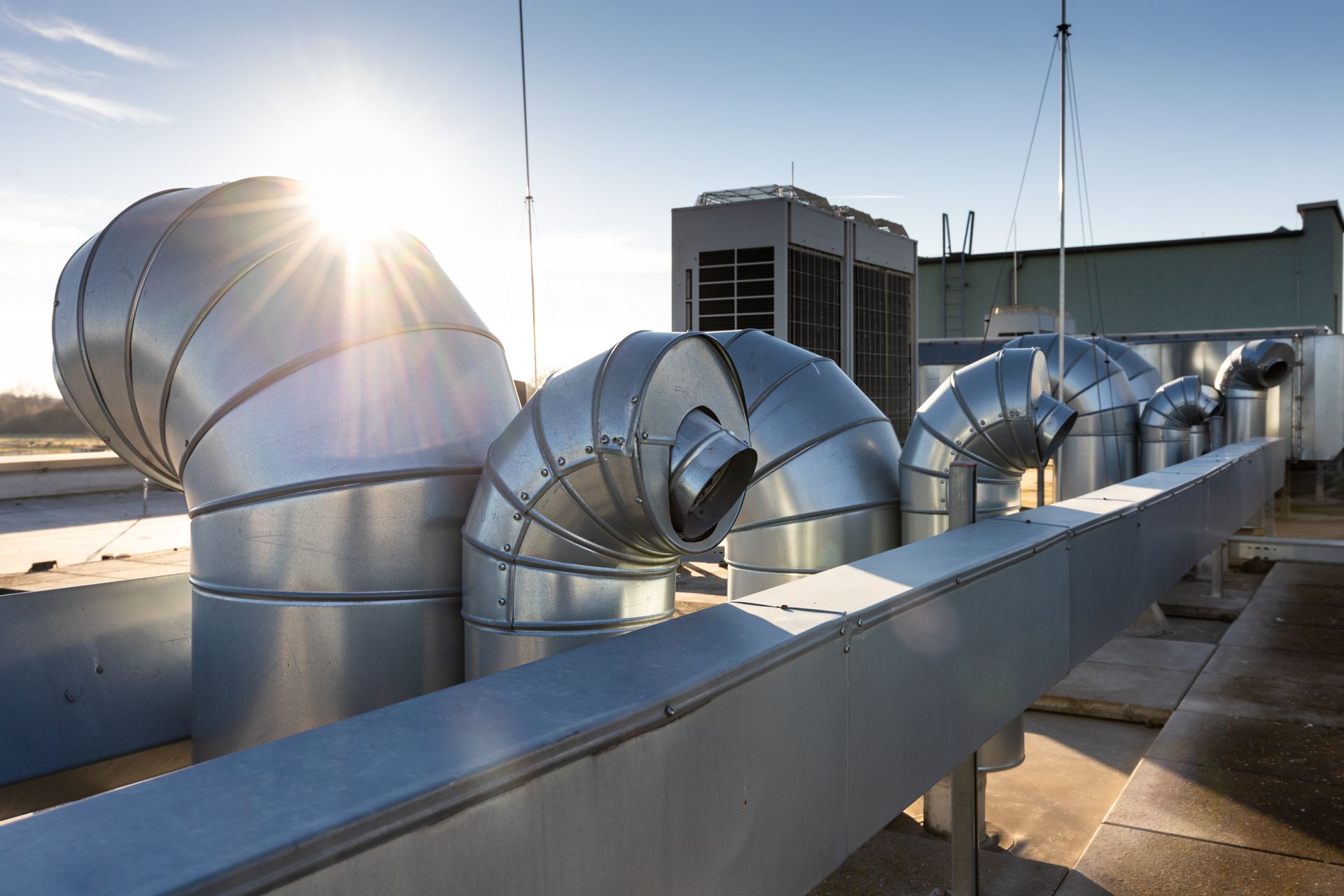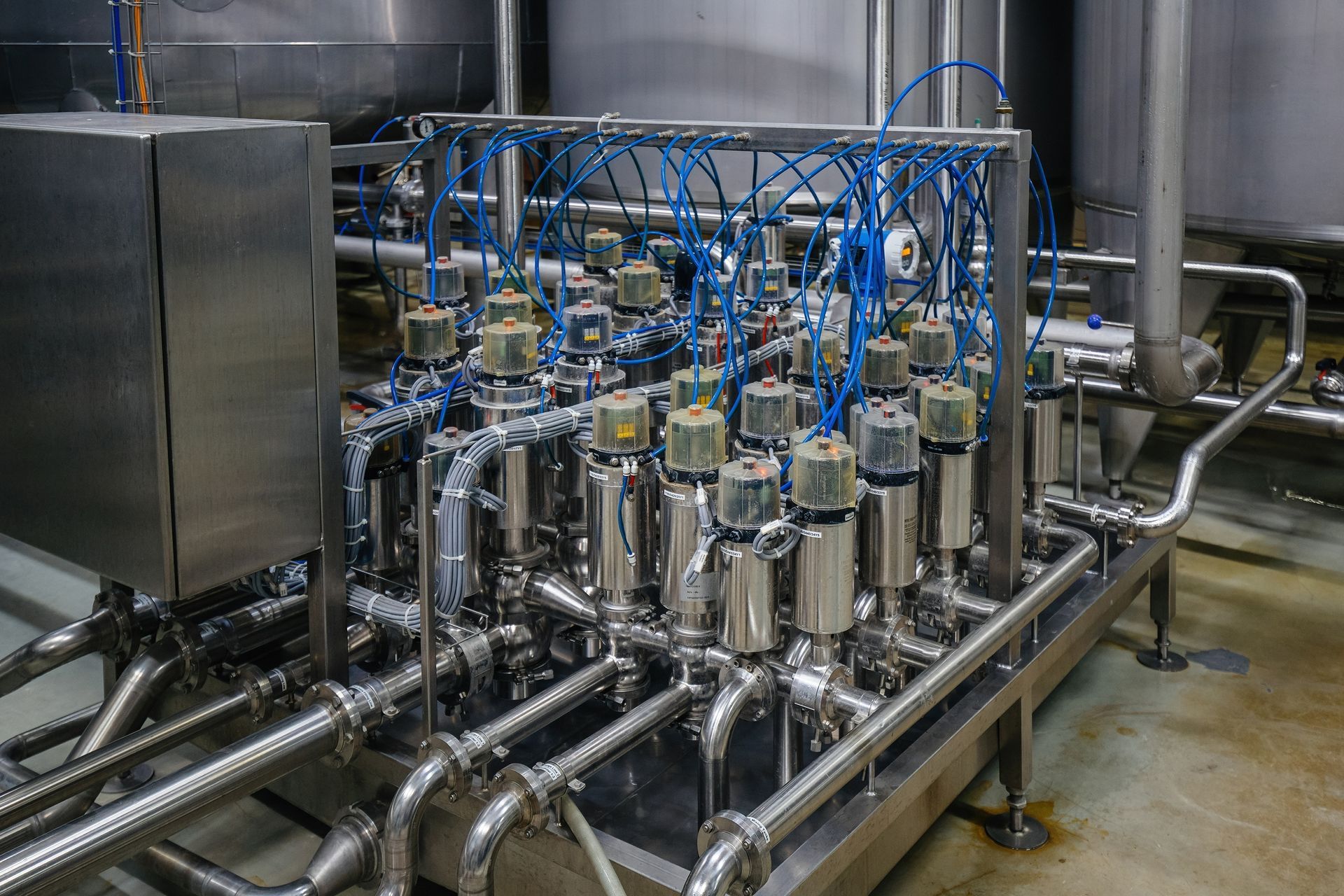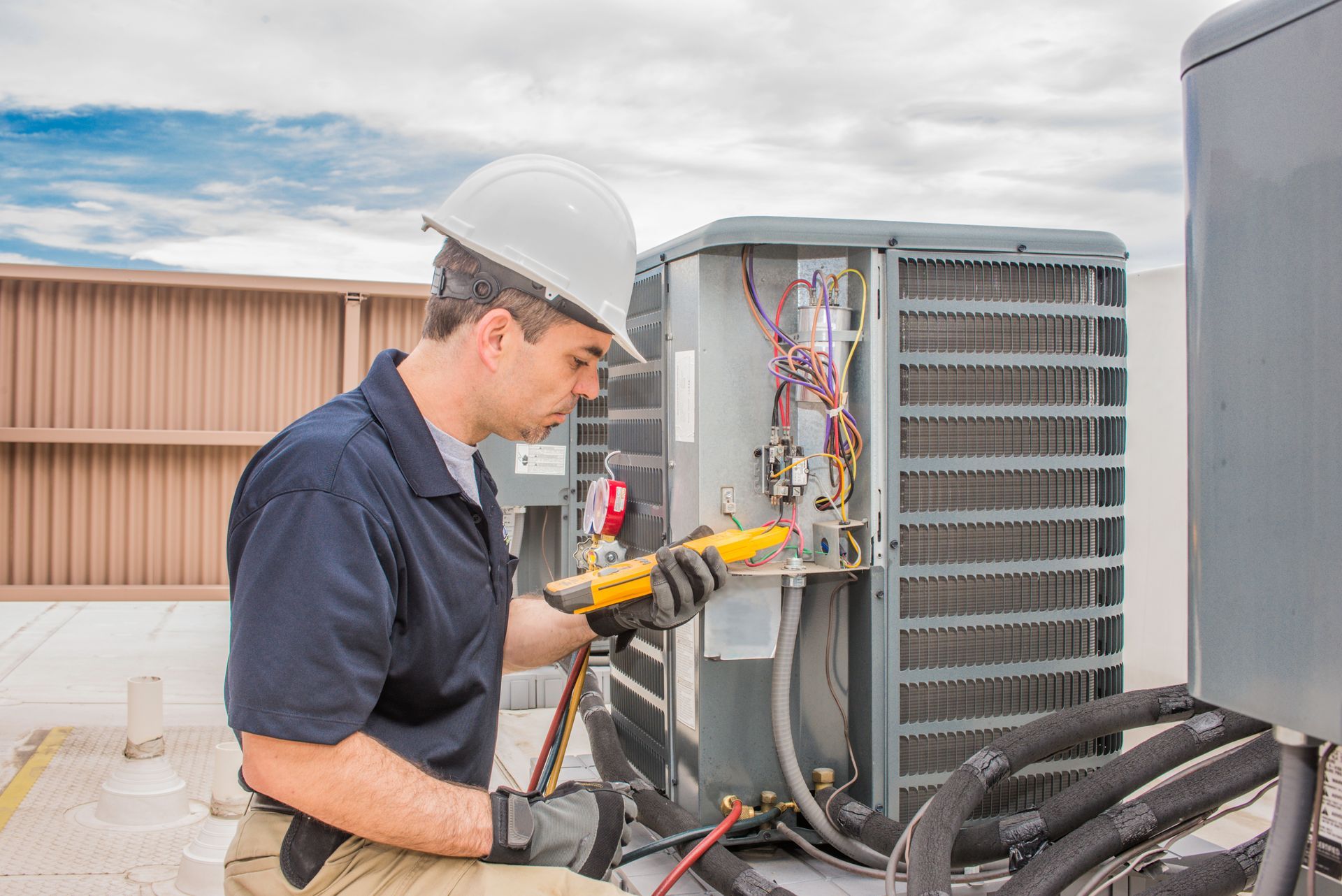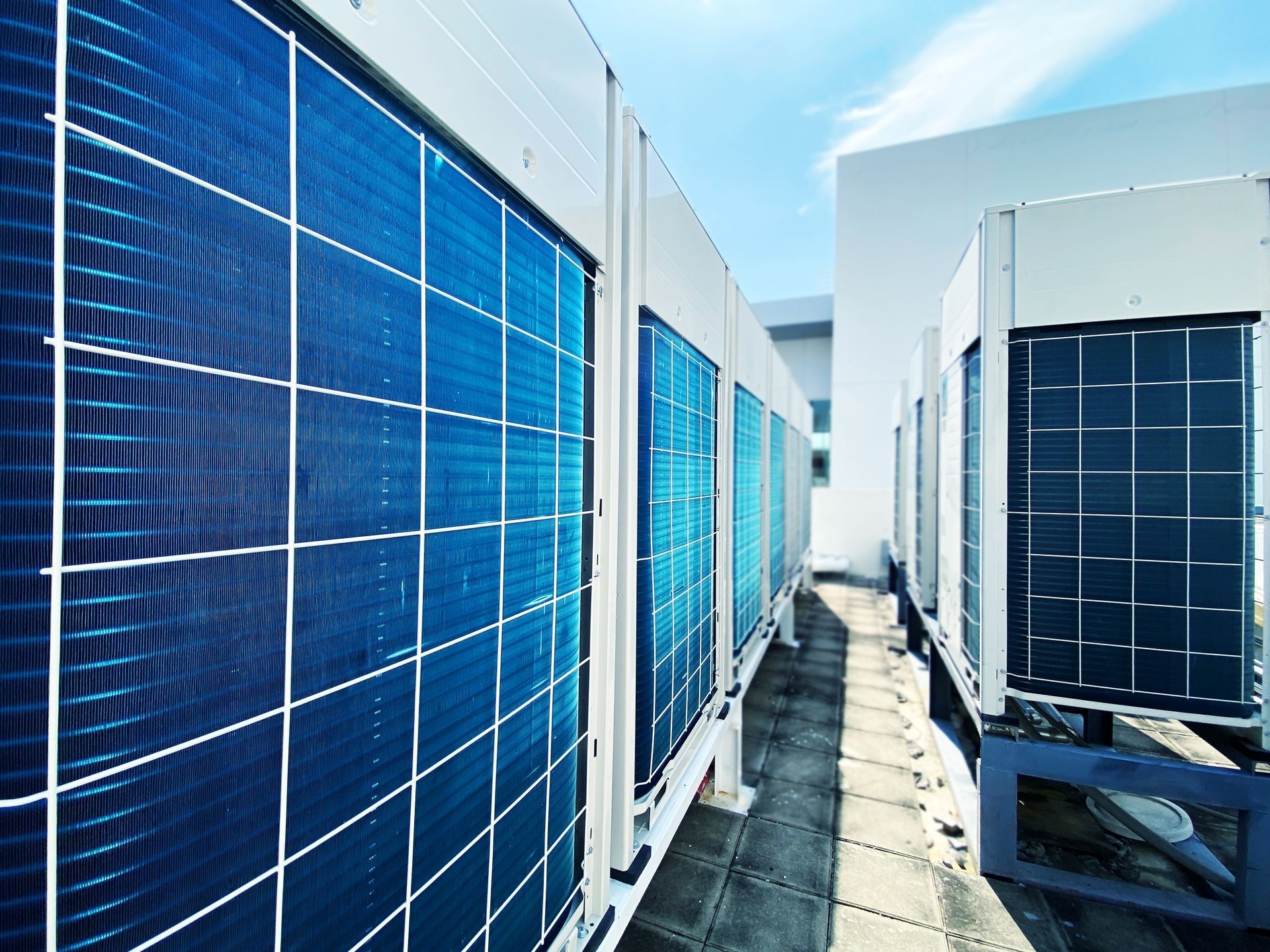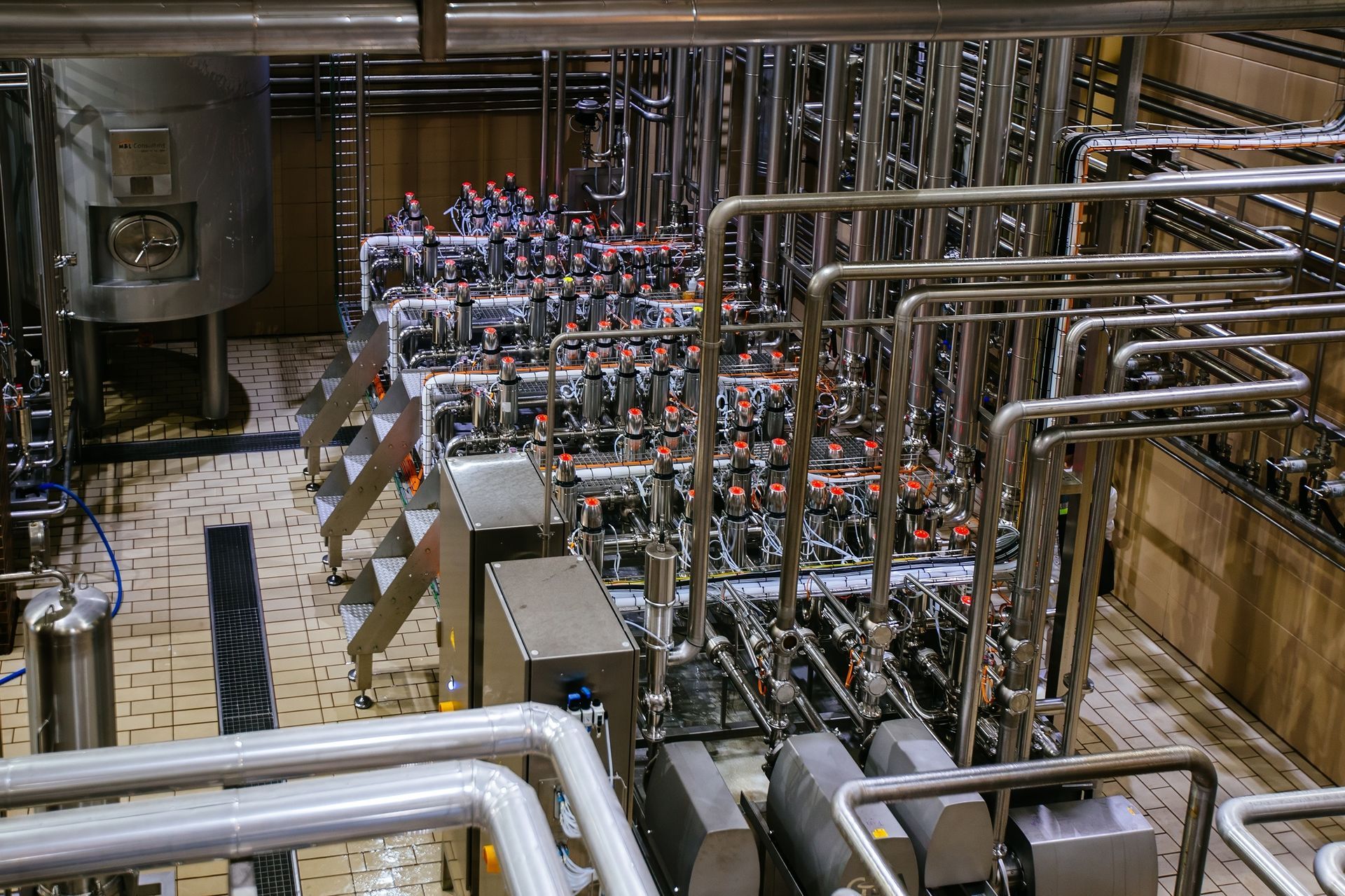How to Choose the Right Rooftop HVAC Unit for Your Kansas City Facility
If you’re responsible for a commercial building in Kansas City, you know how much of a beating your HVAC system can take throughout the year. Between hot, muggy summers and bitterly cold winters, your building needs a system that can perform under pressure and hold up over time. Rooftop HVAC units are a go-to solution for many facilities in the area, but picking the right one isn’t as simple as grabbing a unit off the shelf and hoping for the best.
There are several things to think about when choosing a rooftop unit for your building, and getting it wrong can lead to poor performance, high energy bills, and a lot of avoidable maintenance. Whether you're upgrading an old system or planning a new installation, understanding how to select the right rooftop unit can save you a lot of headaches.
Let’s walk through what matters most when choosing the right RTU and how a trusted mechanical partner can make sure you’re covered from start to finish.
Why Rooftop Units Are a Popular Choice in Kansas City
Rooftop HVAC units are self-contained systems that sit on top of a building. They handle both heating and cooling, and they’re commonly used in office buildings, retail spaces, restaurants, schools, and warehouses.
Kansas City is a good fit for RTUs for a few reasons. First, these systems are designed to handle wide temperature swings, which is important in a climate where it can go from ninety degrees in the summer to single digits in the winter. Second, placing the unit on the roof frees up indoor space and makes it easier to service without disrupting the inside of your building. Third, they’re modular, which makes them easier to replace or upgrade when the time comes.
But just because rooftop units are a solid choice doesn’t mean they’re all the same. You still have to pick the right one for your building’s size, usage, and long-term goals.
Start With the Size of the Space
The first thing to consider is square footage. If the unit is too small, it will constantly run and still fail to heat or cool the space properly. If it’s too large, it will cycle on and off more than it should, which wastes energy and wears out components faster.
You also need to think about the layout of the building. An open warehouse with tall ceilings will need a different kind of setup than an office with multiple rooms and drop ceilings. Square footage is just one piece of the puzzle. The type of occupancy, number of windows, insulation quality, and air circulation patterns all play a role in sizing the right system.
An experienced mechanical contractor will run a full load calculation to get the sizing right, rather than relying on guesswork or what the old unit happened to be.
Match the Unit to the Application
Not every commercial space uses air the same way. A restaurant or commercial kitchen needs better ventilation and humidity control than a bank or retail shop. A school might need better filtration to handle high occupancy and keep the air clean. A manufacturing space may require more robust systems to deal with heat and particles generated by equipment.
The right rooftop unit will depend on what your building is used for. Make sure to factor in your actual daily operations, not just the square footage, when selecting a unit.
Understand Efficiency Ratings
Rooftop units come with different efficiency ratings. Higher efficiency units use less energy to produce the same amount of heating or cooling. That can lead to real savings over time, especially during peak seasons in Kansas City.
Look for SEER (Seasonal Energy Efficiency Ratio) and EER (Energy Efficiency Ratio) ratings for cooling, and AFUE (Annual Fuel Utilization Efficiency) for heating. The higher the number, the more efficient the system is.
Keep in mind that higher efficiency systems often cost more up front. But that extra cost can pay for itself in energy savings, especially if your building runs the HVAC nearly all day, every day.
Consider Packaged vs Split Systems
Most rooftop units are packaged systems, meaning all components are housed in a single cabinet. This makes them easier to install and service, especially in commercial buildings with flat roofs and clear access.
Split systems, on the other hand, have separate indoor and outdoor components. They can work well in certain layouts, but they tend to require more indoor space and can be more complex to install.
In most Kansas City commercial buildings, packaged rooftop units are the preferred option, especially for businesses looking to minimize interior disruptions and simplify service access.
Think About Zoning and Controls
One of the biggest mistakes building owners make is assuming one large unit can handle everything. If your building has different zones with different usage patterns, you may need multiple smaller units or a unit with zoning capability.
Zoning allows you to control different areas independently. For example, a warehouse section might need less conditioning than an office space. With the right controls, you can manage energy use more effectively and keep everyone comfortable.
Modern rooftop units can integrate with building automation systems or smart thermostats, giving you more control and better performance tracking. That’s something to think about if energy management is a priority.
Don’t Overlook Maintenance Access
It might sound obvious, but not all units are easy to service. If your rooftop is hard to access or the unit is wedged into a tight space, even simple maintenance can become a challenge. That leads to skipped inspections, delayed filter changes, and bigger problems down the road.
When choosing a rooftop unit, make sure your mechanical team can get to all the key components easily. The easier it is to access, the more likely it is to be maintained properly.
Plan for Replacement, Not Just Installation
If you’re replacing an older rooftop unit, you’ll want to think beyond just the equipment swap. The curb (the frame that supports the unit on the roof), ductwork, and electrical connections may need to be modified or replaced as well.
In some cases, units are no longer manufactured in the same dimensions, which means additional work to fit the new unit where the old one was. Your contractor should evaluate all of these details before quoting the job to avoid surprises later.
How Anderson Mechanical Helps You Get It Right
At Anderson Mechanical, we’ve been working with rooftop units across Kansas City for years. We’ve seen how the wrong system can create more problems than it solves, and we know what it takes to get the right one installed from day one.
Our process starts with understanding your building. We assess your layout, usage, existing equipment, and energy goals before recommending a unit. We don’t sell you on whatever model is easiest for us. We guide you to the one that’s going to make the most sense for your facility.
From rooftop assessment and crane coordination to duct connections, curb modifications, and system testing, we handle everything needed to get your new unit in place and running efficiently. We also offer ongoing service plans to keep your system performing long after installation.
When Is It Time to Replace a Rooftop Unit
If your current RTU is showing signs of wear, it might be time to start looking at options. Common warning signs include:
- Rising energy bills
- Inconsistent heating or cooling
- Strange noises or smells
- Frequent service calls
- Equipment age beyond fifteen years
Even if the system is technically still running, you might be spending more to keep it alive than it would cost to replace it with something more efficient and reliable.
Final Thoughts
Choosing the right rooftop HVAC unit is a big decision for any Kansas City building. It affects comfort, energy use, equipment lifespan, and long-term operating costs. It’s not a decision you want to rush or make without expert guidance.
At Anderson Mechanical, we’re here to help you make the smart choice. We’ll walk you through the options, explain what matters, and handle the installation from start to finish. Whether you’re outfitting a new building or replacing an aging system, we’ve got the team and experience to make sure your investment pays off.
If you're ready to start the conversation, give us a call. Let's take a look at your building and find the right rooftop unit for your needs.
